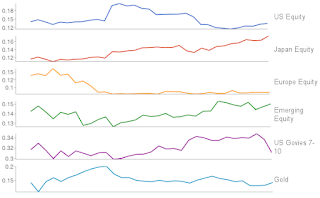Systemic risk in the press

Visualization of adjacency relations in hierarchical data (*) Systematically Important Companies (SIC) Bloomberg – March 4th, 2013 Mary Miller , the U.S Treasury undersecretary for domestic finance, said the Financial Stability Oversight Council may vote “in the next few months” on whether to designate some companies systemically important. American International Group Inc., Prudential Financial Inc. and General Electric Co. (GE) ’s finance unit are in the final stage of review by the council, a group of regulators created by the Dodd-Frank law to prevent another financial crisis. SwapClear Canada (Reuters) – March 26th, 2013 . The Bank of Canada said on Tuesday it would formally regulate SwapClear, the dominant global system for centrally clearing over-the-counter interest rate swaps, because it has the potential to pose systemic risk to the Canadian financial system. Cyber interconnectivity Operational Risk & Regulation |...


